thousands of ICU beds
across India.
War ready HMIS software, all built on open source.
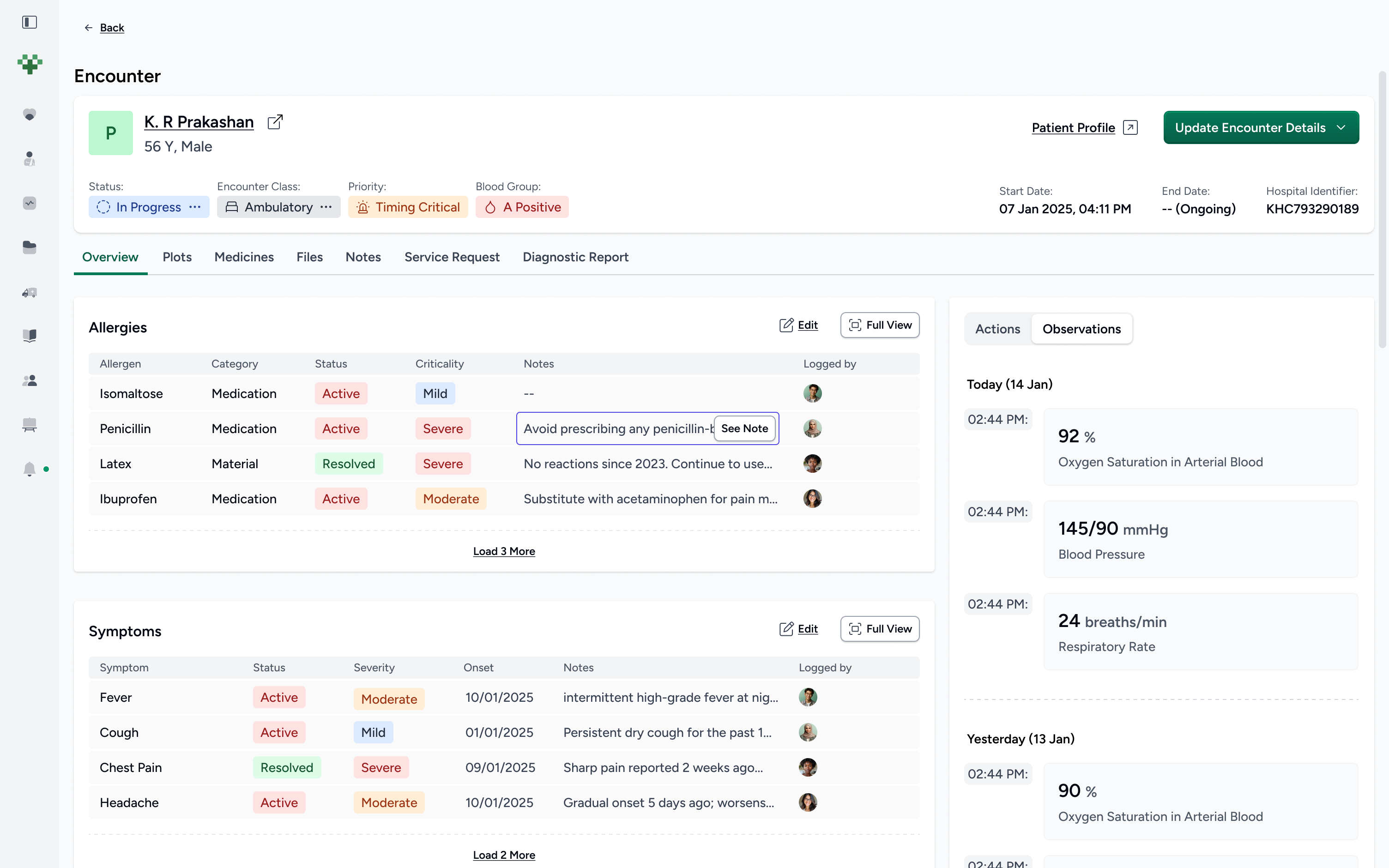
Care's consultation module supports outpatient, inpatient, and home care scenarios. Clinicians can manage patient encounters in hospitals, clinics, or even virtual/home settings within one system. This comprehensive support means all types of care—routine check-ups, hospital admissions, or home visits—are documented and handled in a unified interface, improving efficiency across the continuum of care.



An advanced scheduling system streamlines appointment management for both patients and healthcare providers. Users can easily book, view, and manage appointments with intuitive calendar features. In addition, public facility pages showcase healthcare facility information and availability to the public. Hospitals and clinics can display their services, operating hours, and resource availability, improving transparency and helping patients find and schedule the care they need more conveniently.
Care's Electronic Medical Record (EMR) system now includes extensively customizable forms for data capture. Healthcare providers can tailor forms to capture all necessary patient information and clinical observations. As data is entered, Care automatically generates structured observations (FHIR resources), ensuring that information is stored in a standardized format. This flexibility allows for detailed clinical documentation that fits diverse specialty needs while maintaining consistency and data integrity.
Introducing Care Scribe, a voice-enabled EMR tool that leverages AI for speech-to-text transcription. Clinicians can dictate their notes and orders during or after a consultation, and Care Scribe will transcribe the speech directly into the corresponding EMR fields. This AI-powered transcription speeds up documentation, reduces typing burden, and allows healthcare providers to focus more on the patient rather than paperwork. Care Scribe supports medical terminology and integrates with the Care platform seamlessly as a plugin, showcasing the power of the new Care Apps architecture.
Care now offers full HL7 FHIR R5 compliance, integrating standard healthcare terminologies like SNOMED CT, LOINC, and UCUM. This ensures seamless data exchange and interoperability with other health systems, adhering to global healthcare data standards. By using the latest FHIR protocols, Care makes it easier to share and consume health information across platforms, reducing errors and improving continuity of care.



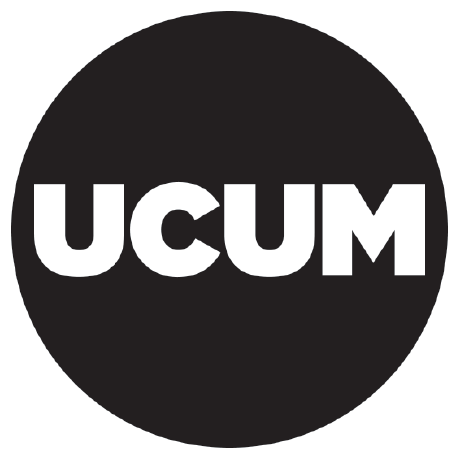
Maintain security and precise control over data access with fully flexible Role-Based Access Control (RBAC). Care administrators can define granular roles and permissions for every user type – from doctors and nurses to administrative staff and patients. This fine-grained RBAC ensures each user sees and does only what they are authorized to, supporting compliance with privacy regulations and internal policies. Managing user access is straightforward, allowing quick role adjustments as staff responsibilities change.
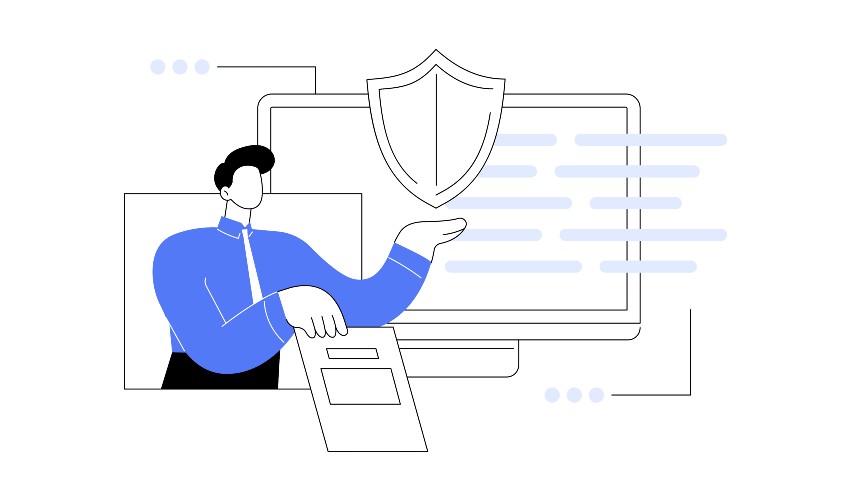
With it's TeleICU features, CARE can be used to bridge the distance between spoke and hub hospitals, supporting real time monitoring accross facilities from one part of the world to another.
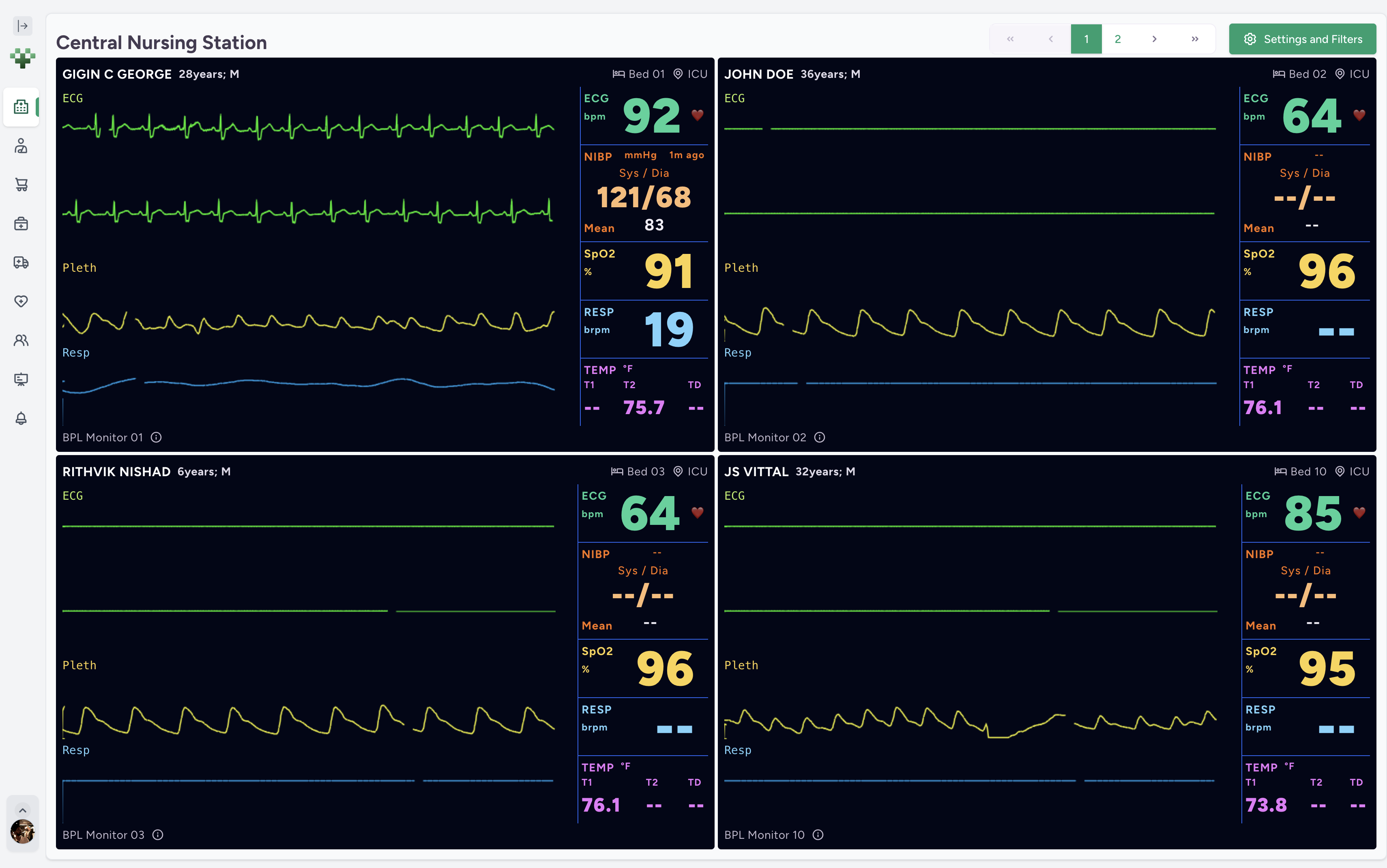
Monitor patient vitals from a central hub
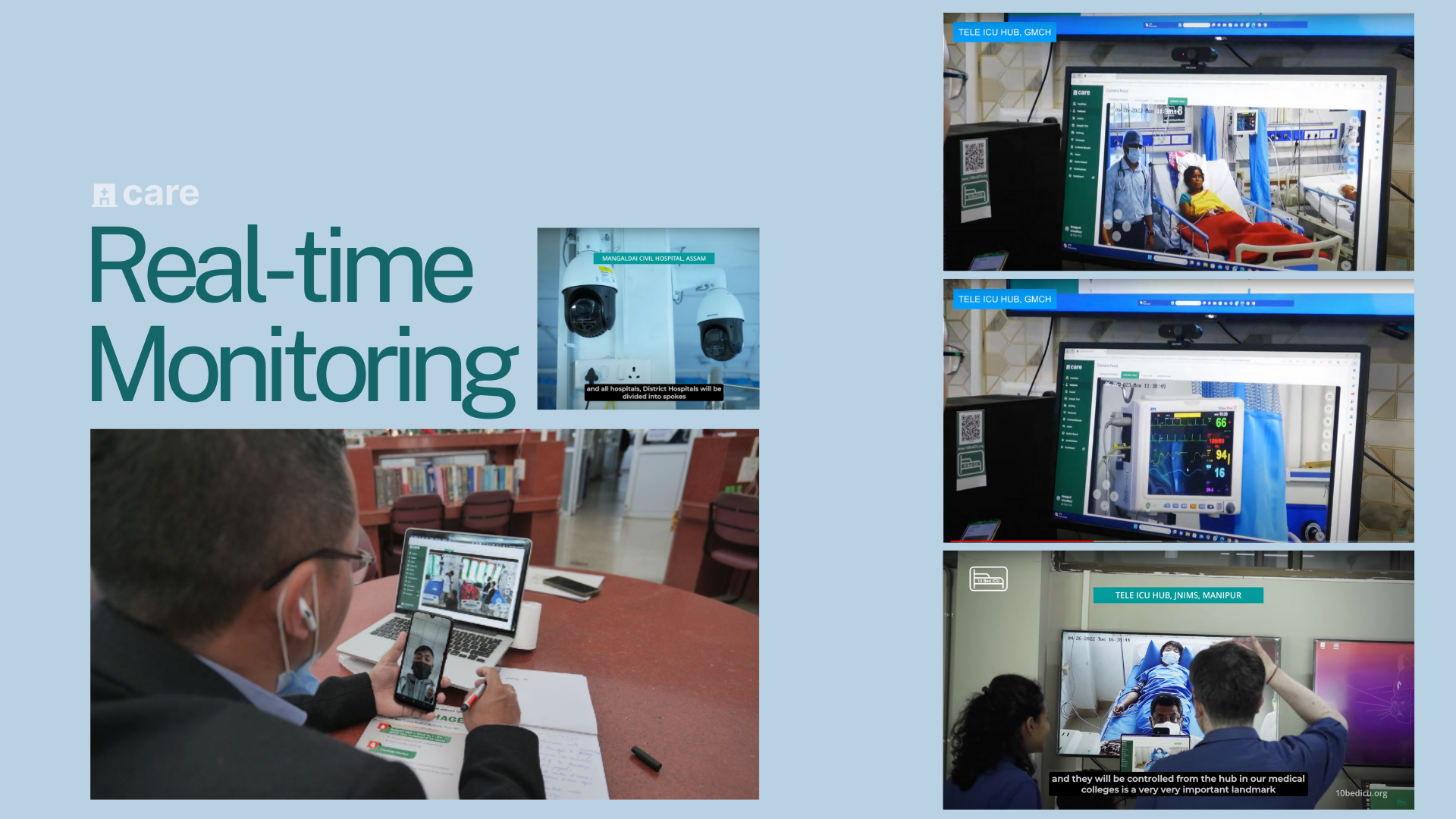
See live feed from ICU cameras
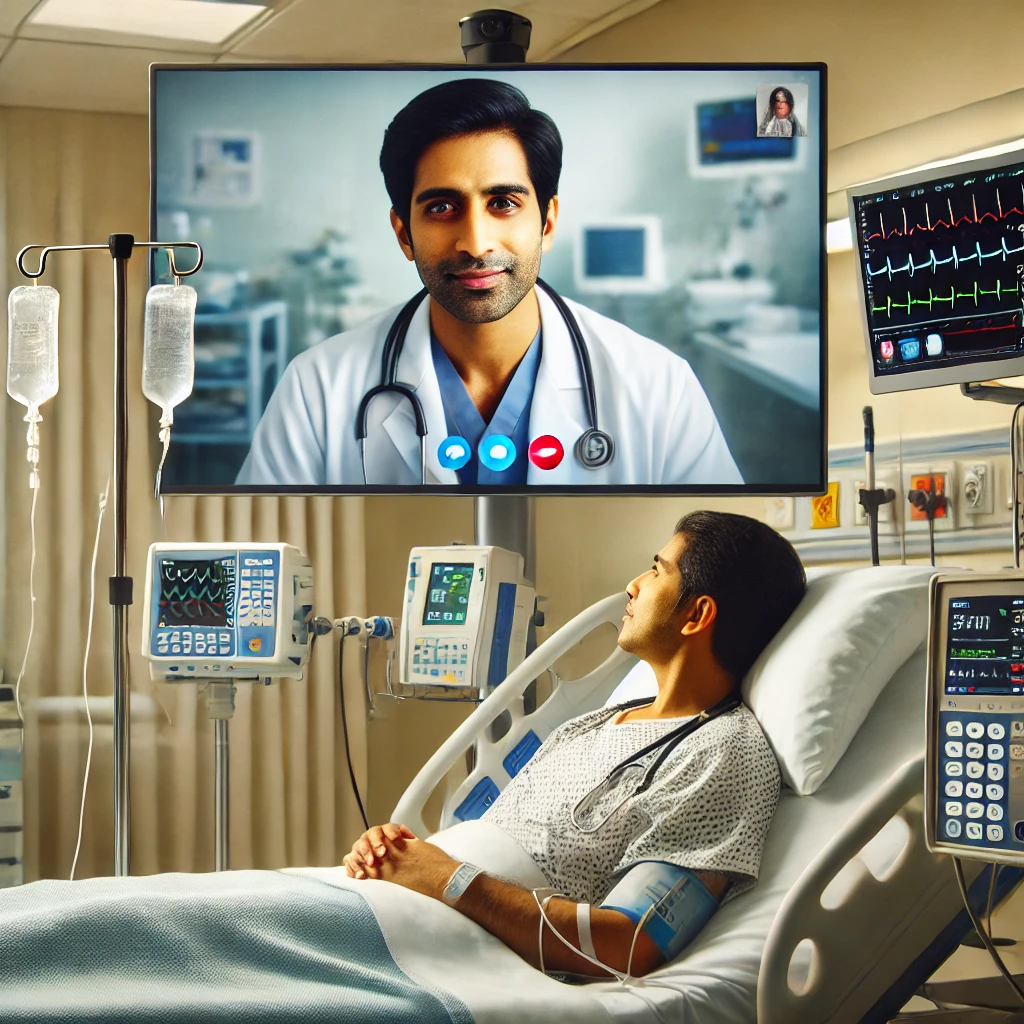
Connect with patients and nursing staff through online video and text communications
Managing and documenting patient consultations.
Features to support medical rounds and their documentation.
Management of patient investigations and tests.
Labs and test management.
Document management, including patient records and files.
Generation and management of discharge summaries.
Management of patient transfers between departments or facilities.
Handling and documentation of various sample tests.
Care is built to support first and third party integrations
AI-powered autofilling of EMR records to reduce manual data entry.
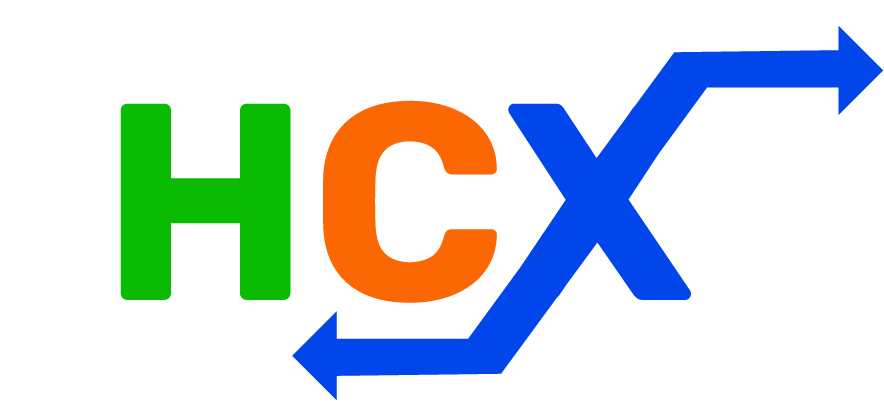
Integration with Health Claims Exchange Protocol

Integration with the Ayushman Bharat Digital Mission